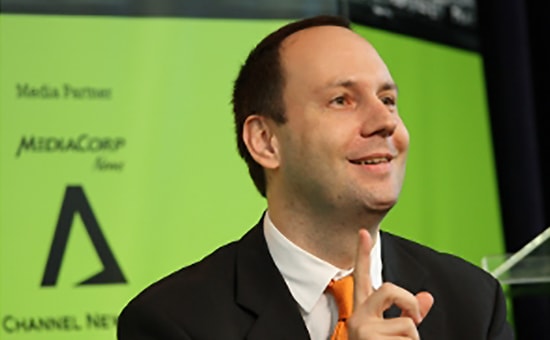For internationally active managers it pays a premium to know how differently markets abroad work. In addition, it is helpful to know what drives these differences and how to develop strategies accordingly.
In the paper, “Mapping the business systems of 61 major economies”, Witt and his co-authors provide a comprehensive overview of differences in the ways of doing business. The countries covered are equivalent to 93.5 per cent of the world’s GDP. Witt's team found nine main types of business systems in the world, from socialist economies, advanced city economies to liberal market economies.
The analysis yielded a matrix of scores – so-called “institutional distances” – quantifying just how differently businesses are run from one country to the next. In this matrix, the higher the score (max. 1 and min. 0), the larger the aggregate difference between a given pair of countries. Taking Australia (AU) as an example, it can be seen in the matrix that Australia’s ways of doing business are most dissimilar from those of Bangladesh (0.60) and very similar to those of Canada (0.06).
Read more onINSEAD

